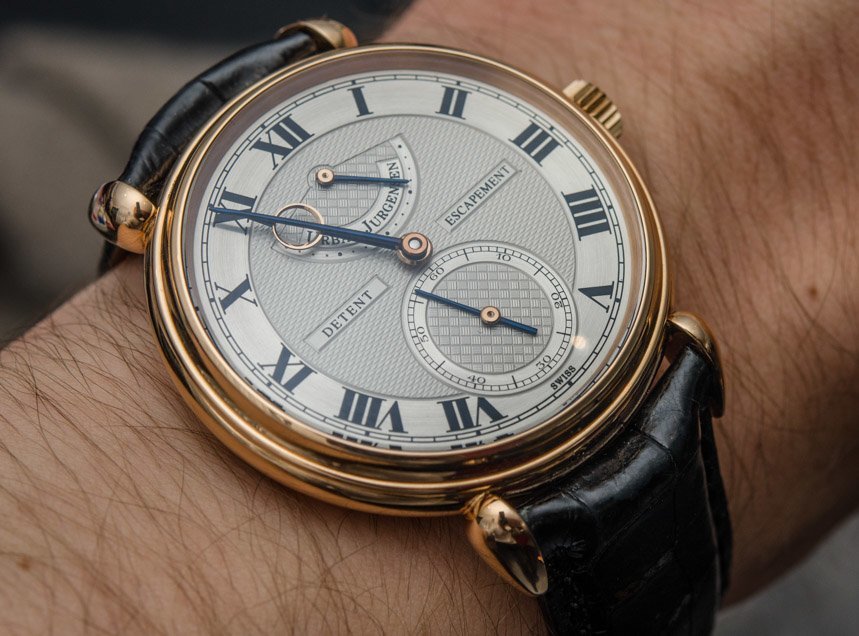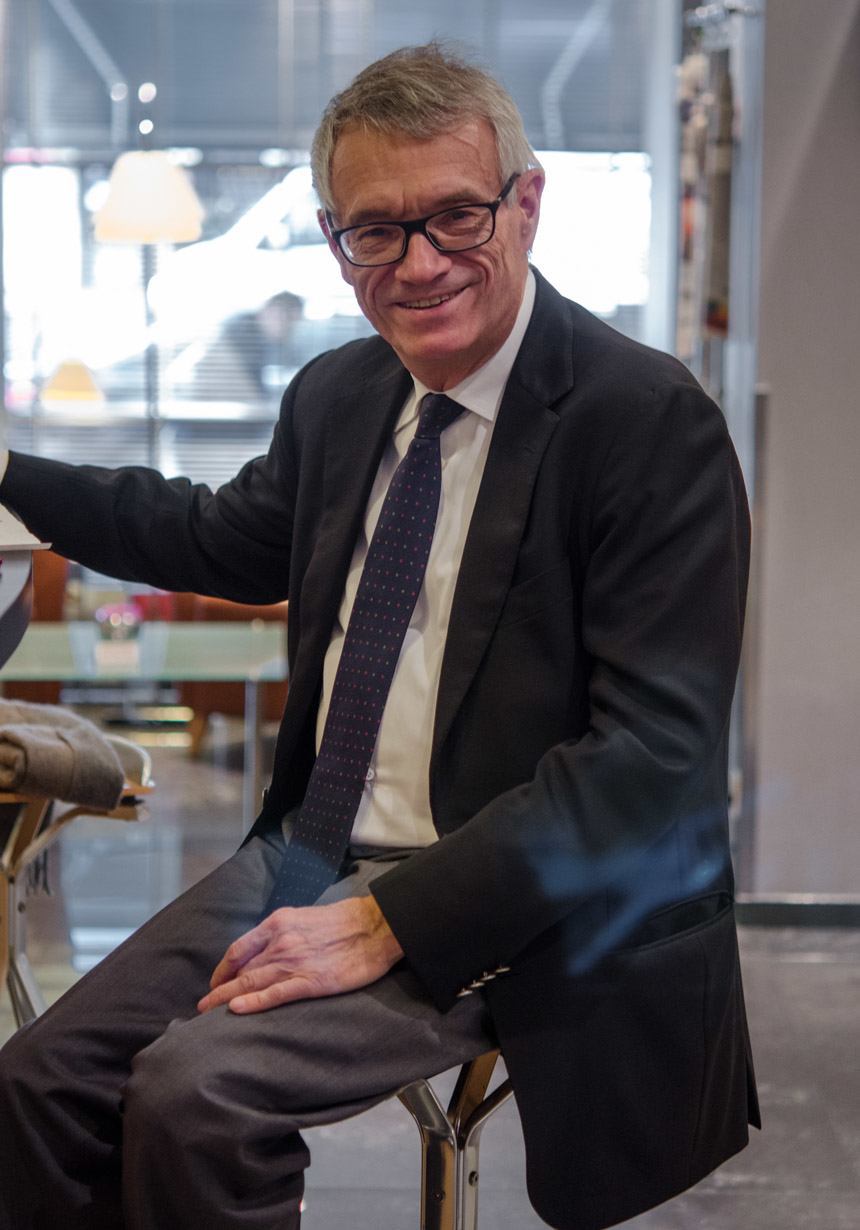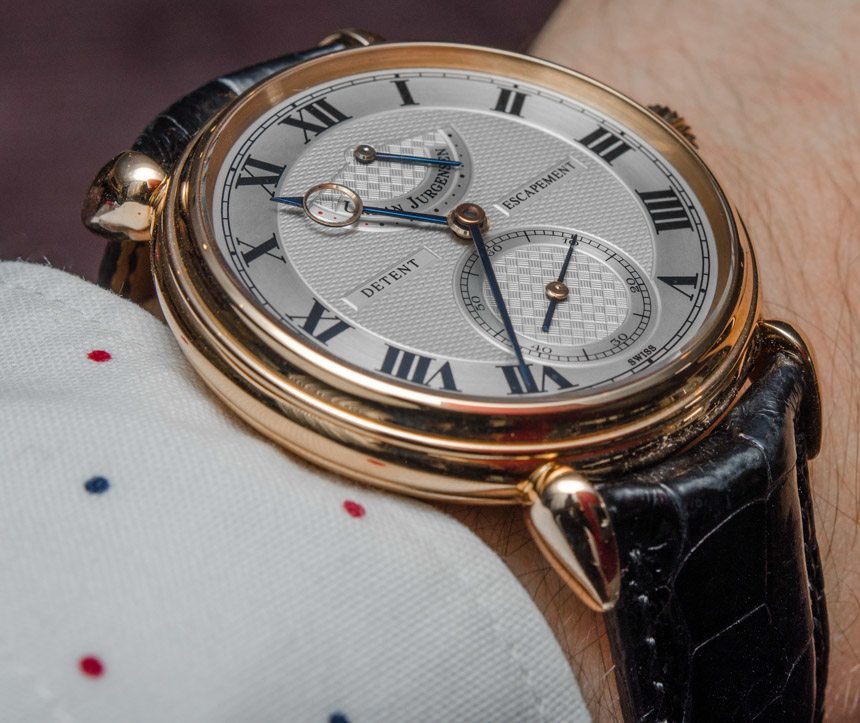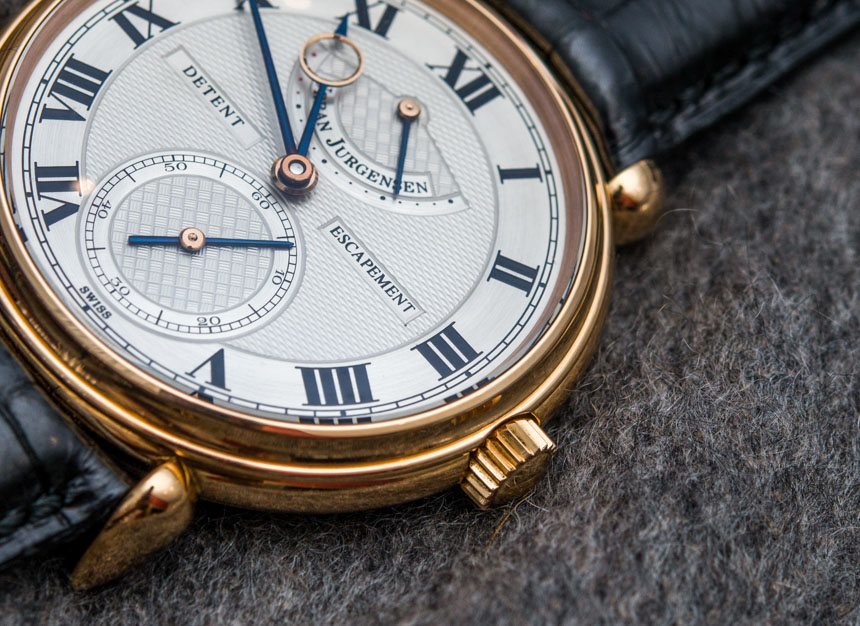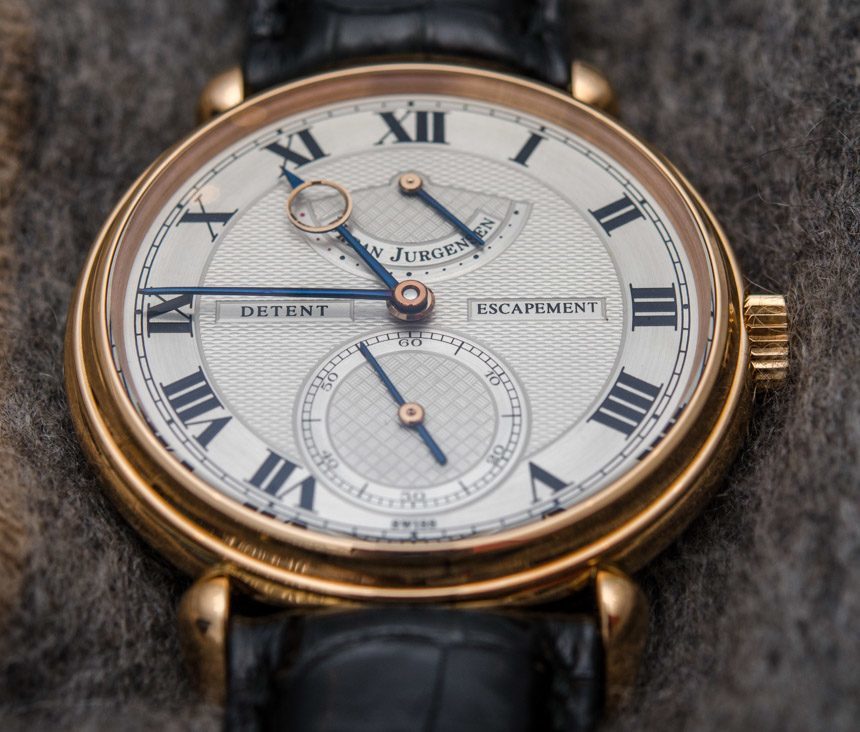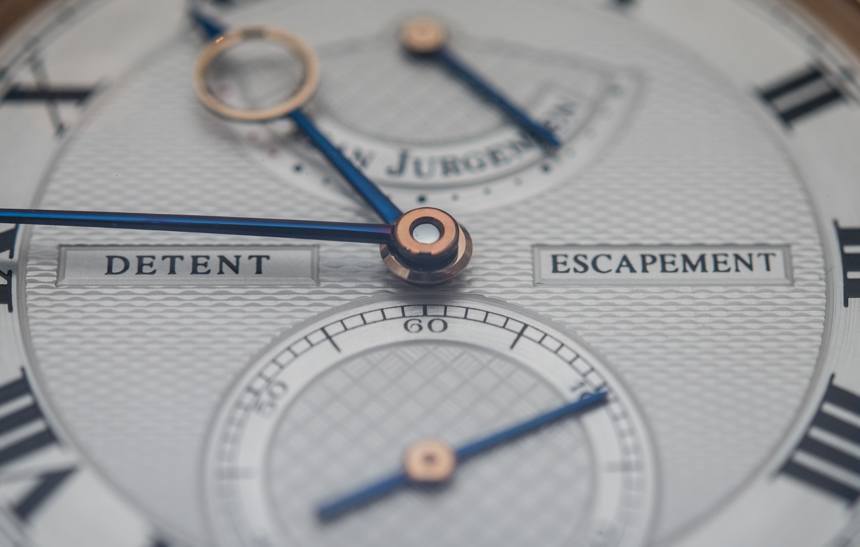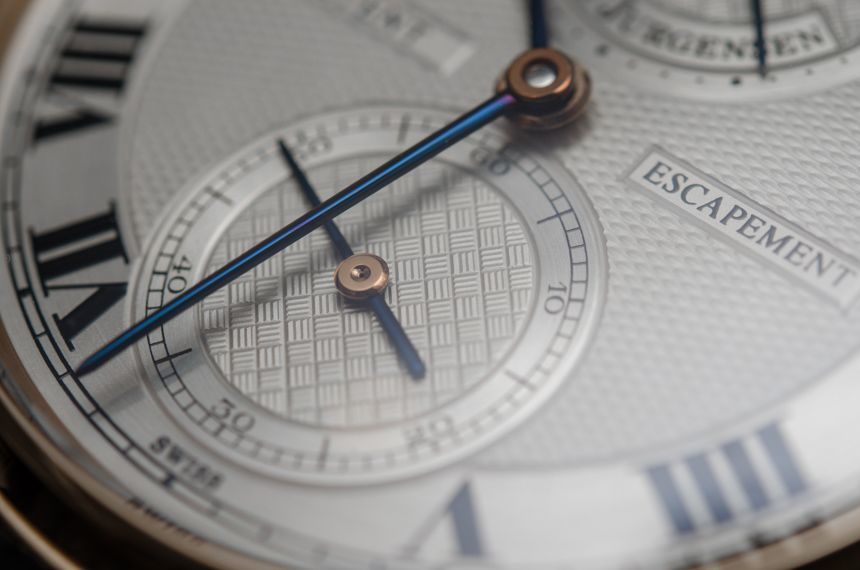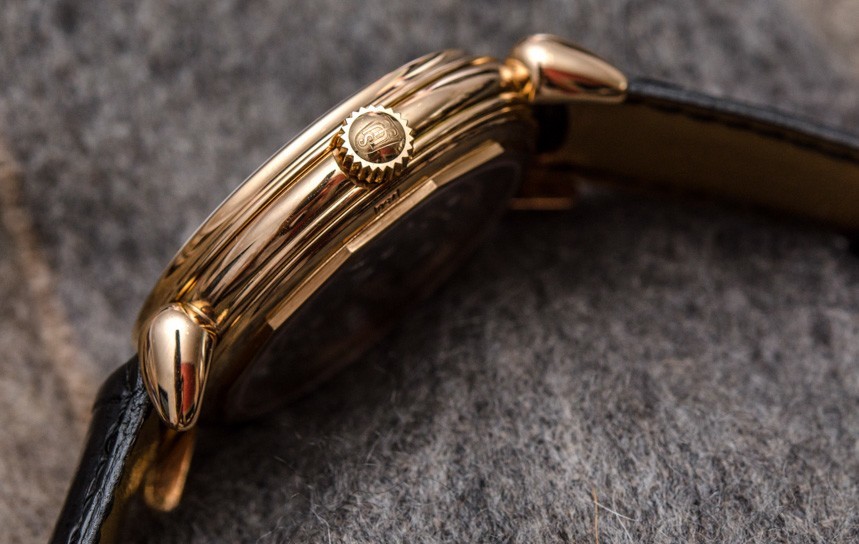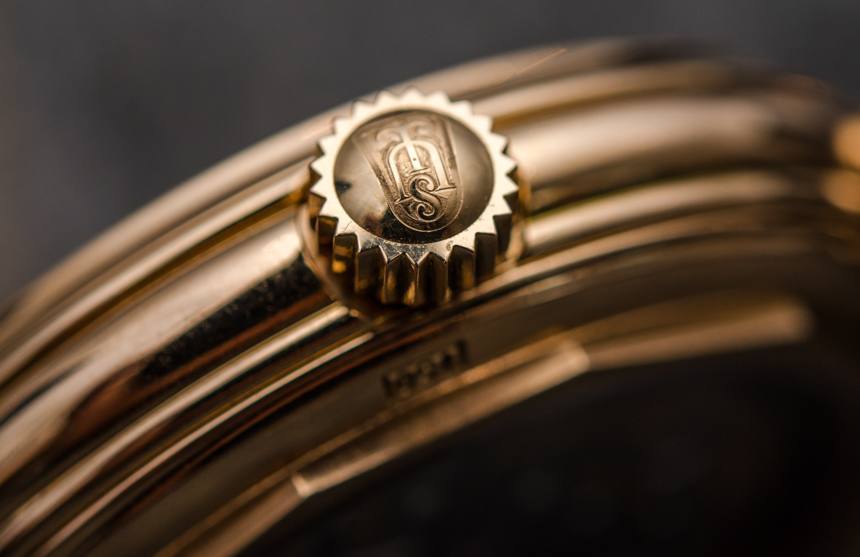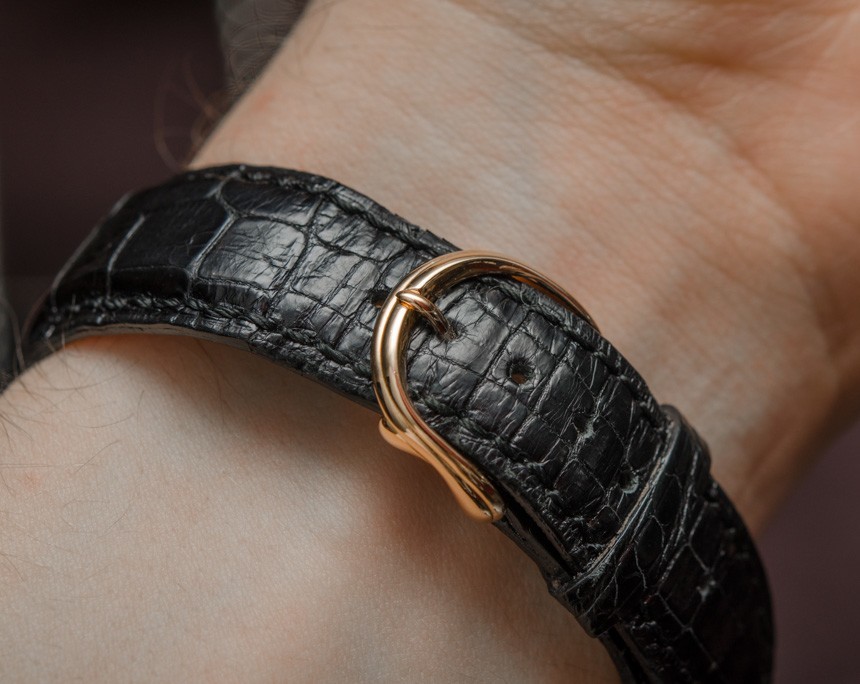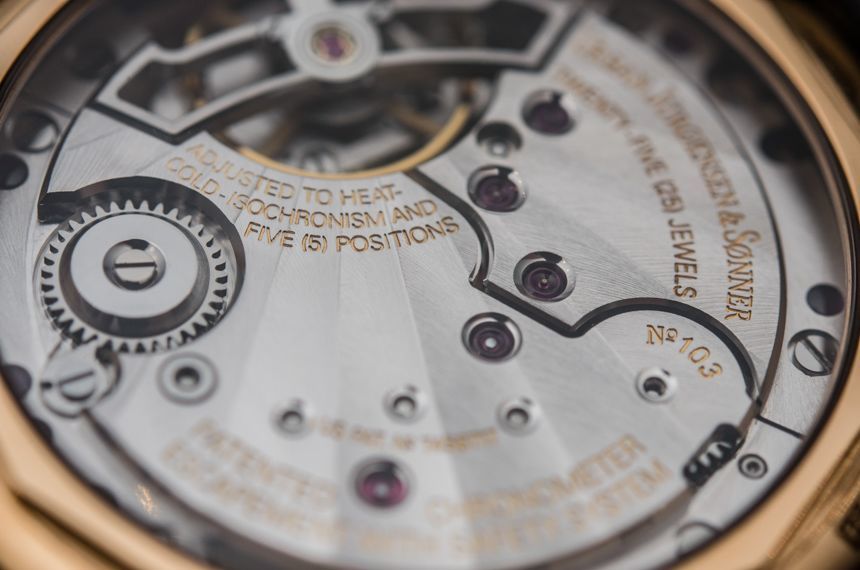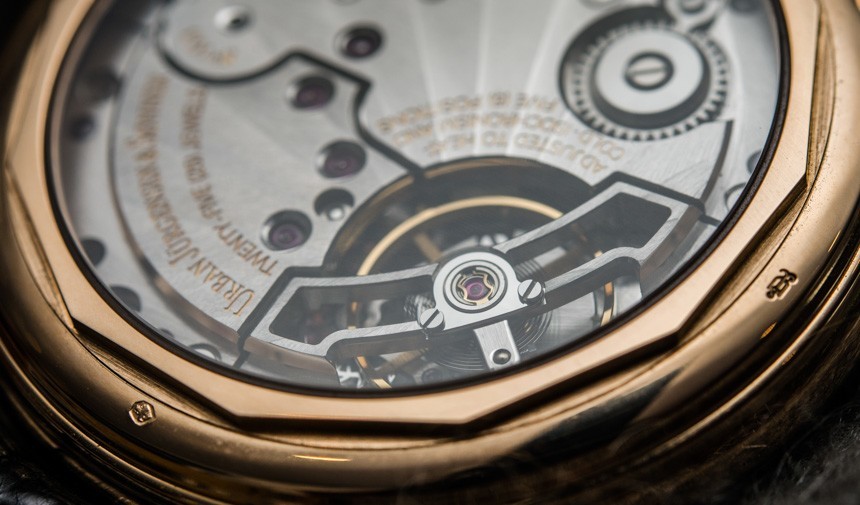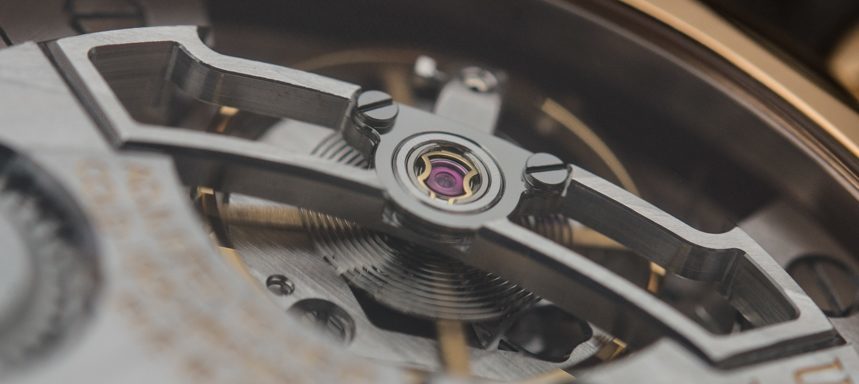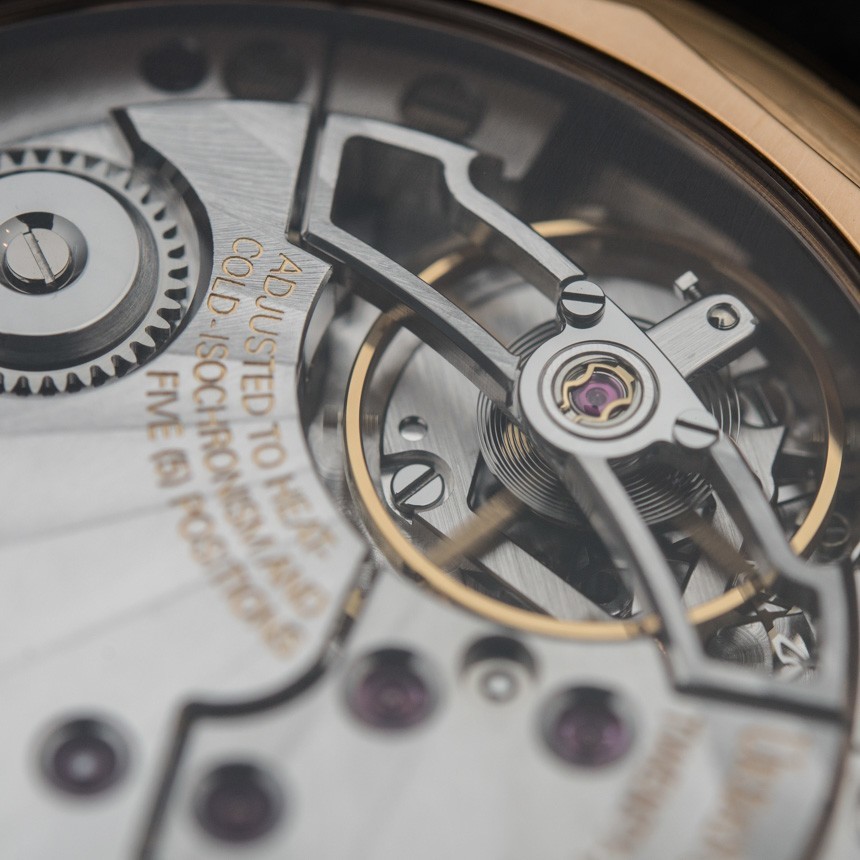
Detent escapements have traditionally been used in marine chronometers – which, as we noted above, Urban Jürgensen had been a key supplier of. A major advantage of the detent escapement over its much more widely available Swiss lever escapement is greater accuracy and higher efficiency, thanks to a layout of crucial contact points that make the transfer of energy much more efficient. The downside to it, however, is that miniaturization had been considered to be borderline impossible, if for no other reason than because of the rather high vulnerability of this mechanism to shocks.
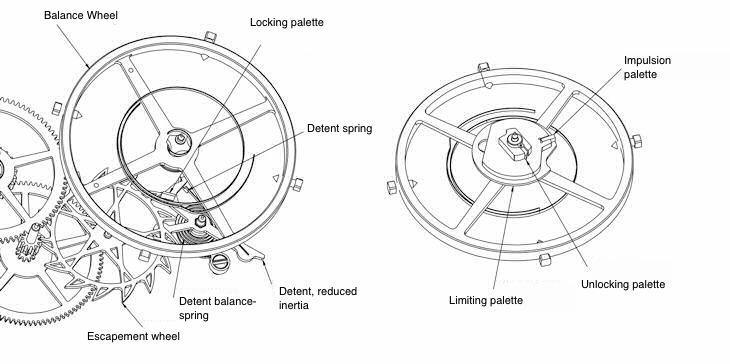
In collaboration with Jean-Francois Mojon (who, among many other famed pieces, created the Harry Winston Opus X and also worked on the MB&F LM1, and the Breva Genie 02), a new detent escapement design was announced in 2011 – rendering this marvelous design now suitable to be used in wristwatches – with fifty of this specific movement configuration being made in all. The interesting part as far as end user benefits are concerned, is that the movement has been subjected to the Chronofiable Fleurier test where it was tested to withstand 20,000 shocks, accelerated aging, heat change tests, and long-term reliability tests – all the while maintaining timekeeping accuracy between 0 and +5 seconds a day.
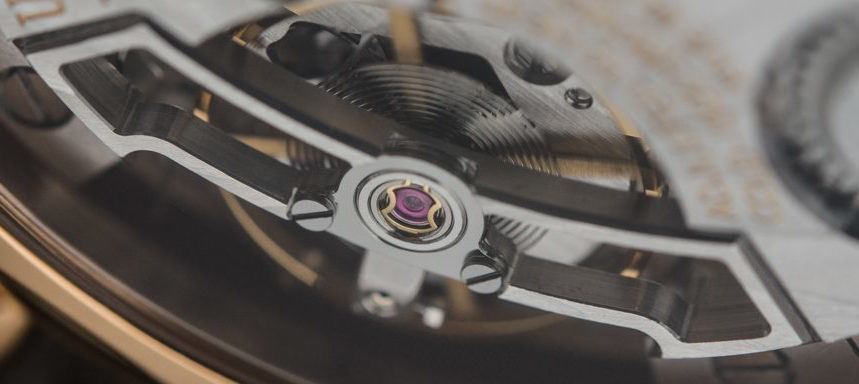
Secured under a beautifully finished and skeletonized bridge is the 12mm wide, free-sprung balance wheel with variable weight screws in its periphery, running at a frequency of 3 Hertz, or 21,600 vibrations per hour. Thanks to the combination of two series-coupled barrels and the energy-efficient escapement, the UJS-P8 hand-wound movement offers about 88 hours of power reserve – a feat I wish were more common, as it allows the watch to last a full weekend and be ready to be worn again on Monday, still keeping accurate time. At just 5.25 millimeters thick, the movement offers a unique layout of two substantially sized bridges that cover most of the two barrels and the going train.
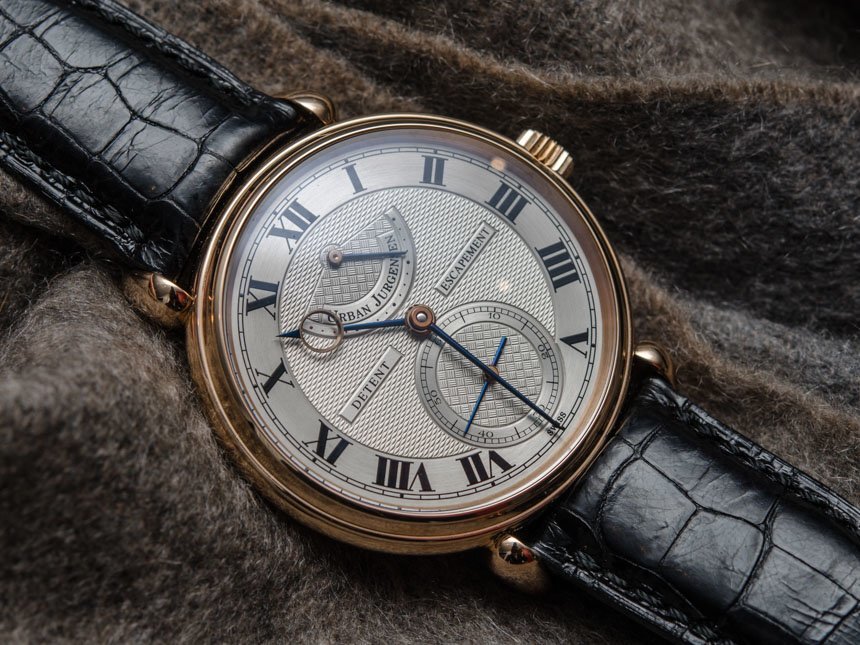
When seen in the metal, I feel confident in saying that the Urban Jürgensen & Sønner C11 is, beyond the shadow of a doubt, capable of making the heart of any watch enthusiast beat faster. It is so understated that one hardly notices its finer details when seen worn by someone else, but when one gets to take a closer look, the symphony of the beautifully executed dial, case, and movement feels like a kick in the chest. As far as hand-made watches go, I have hardly ever seen one that wore the minuscule mistakes as graciously as this: the guilloché pattern dial is painfully perfect, while the large, heat-blued hands carry some irregularity in their color, with their roots near the pinions showing a purple hue replacing the deep blue seen elsewhere.
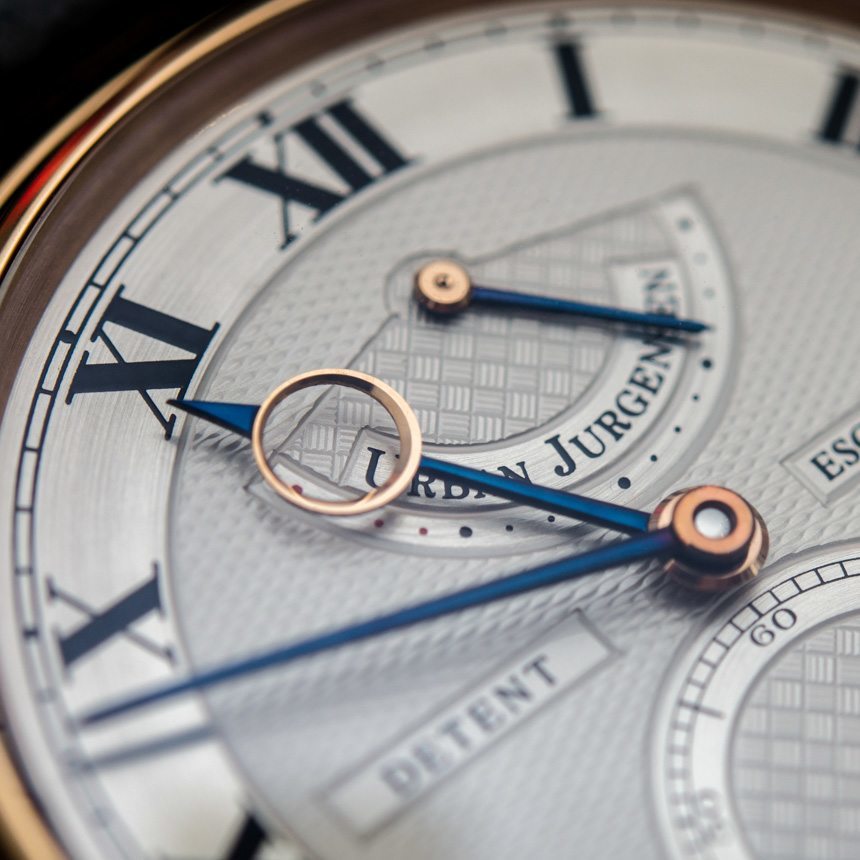
The dial is as straight-forward as any time-only watch can be – with the numerous thoughtful details making for a lasting source of eye-candy. The hour hand is composed of four parts, with the arrow tip, the blued “stick” and the two circular pieces requiring actual assembly. The rest of the hands are also perfectly sized, as they all reach their respective scales and are all heat blued with gold mountings that match the color of the case. The selection of guilloché patterns on the dial is tasteful and intelligent, as the wave-reminiscent pattern of the main dial serves as a backdrop for the hands, while the stronger, more defined checkerboard pattern of the subdials makes them stand out better against the main dial and render them easier to read.

At the age of 26 many would – perhaps rightfully – argue that the design of this watch is a mismatch for me; and yet I could easily imagine myself wearing the Urban Jürgensen & Sønner 11C simply for the jaw-dropping quality of execution it displays in just about all of its details. To me, even the most simple mechanical movement is a wonderful thing, but when it comes to some of the best of the industry working together, the result certainly is so much more than the sum of its parts.
Price for the Jürgensen & Sønner 11C in rose gold is approximately $56,000. urbanjurgensen.com

